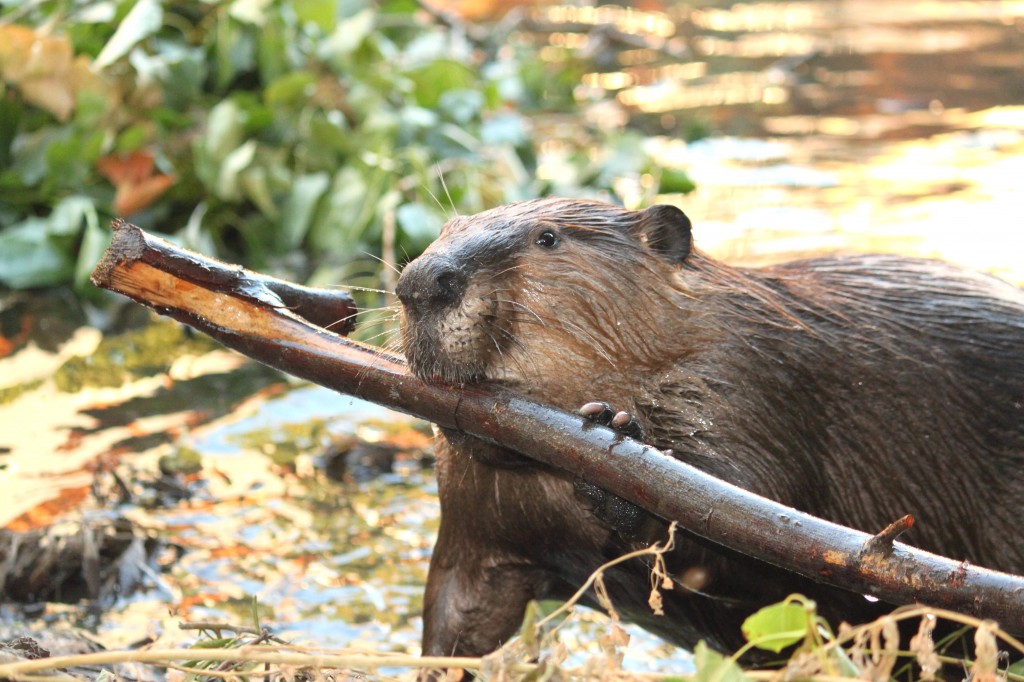Guest commentary by Gail Sredanovic in consultation with Heidi Perryman
Think a babbling clear stream is the only healthy one? Think again. Once hunted almost to extinction, beaver were once much, much more numerous, and their ponds and wetlands created a very different waterscape of a kind far better adapted to climate change and drought. There is abundant research to document this. Here is what the Water Institute of the Occidental Art and Ecology Center has to say:
“Extensive research has recently heightened recognition of the important role beaver (Castor canadensis) can play in watershed health and climate change resiliency. The species’ ecological services include enhanced water storage, erosion control, habitat restoration and creation, listed species recovery, the maintenance of stream flows during the dry summer period, and other beneficial adaptations to our changing climate conditions.
While this keystone species has created valuable wetland habitat across California for centuries, beaver are often overlooked or maligned. Other western states are taking a pro-active stance towards beaver restoration, but agencies and landowners in California are focused on managing beaver as a nuisance rather than stewarding them for their benefits.”
The Water Institute has a booklet which you can order or view online to gain a better understanding of the history of beaver in California and how, through better stewardship, we can partner with them to fight floods, wildfires, drought and extinction, while mitigating potential damage. Anyone concerned about the future of water in California should take this seriously. Check out also the abundant information on the website martinezbeavers.org or consult Ben Goldfarb’s very readable, Eager, the Surprising Secret Life of Beavers and Why they Matter.
Featured image courtesy of Heidi Perryman.


